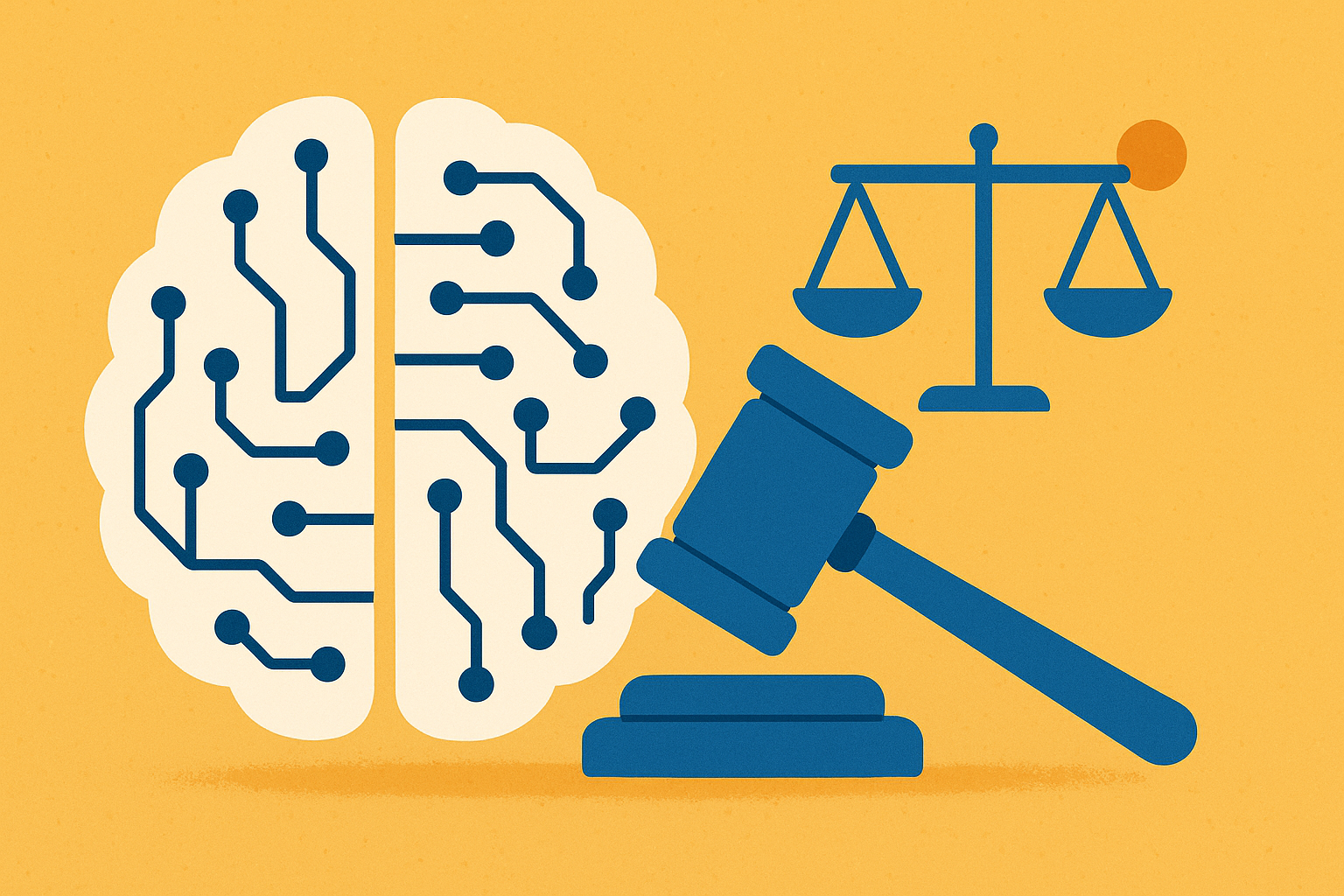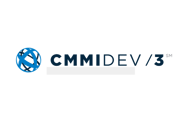Traditional methods of handling these reports often involve manual processes that are time-consuming, prone to errors, and limited in their ability to extract comprehensive insights.
These manual approaches struggle to keep pace with the increasing volume and complexity of grant portfolios, hindering effective oversight, informed decision-making, and the identification of systemic trends.
To overcome these limitations, federal agencies can leverage the potential of advanced data analysis techniques. Artificial intelligence (AI), Natural Language Processing (NLP), and Machine Learning (ML) offer powerful capabilities for analyzing narrative reports from grantees at scale. These technologies can efficiently and consistently process vast amounts of unstructured textual data, extracting key information, identifying recurring themes, and uncovering hidden patterns that would be virtually impossible to discern through manual review.
Implementing scalable narrative report analysis offers numerous strategic advantages for federal agencies:
• It enhances oversight and accountability by enabling more thorough monitoring of grantee performance and early detection of potential risks
• Decision-making is improved through the provision of data-driven insights that can inform funding allocations and identify effective programs
• Efficiency is increased by automating routine report review tasks, freeing up valuable staff time for more strategic activities
• Risk management is strengthened through the proactive identification of high-risk grantees and the early detection of potential issues
The Current State of Federal Grant Management: Challenges and the Role of Narrative Reporting
Managing federal grant portfolios presents a multifaceted challenge for agencies. These portfolios often encompass a large number of individual grants, each with its own specific requirements, reporting schedules, and performance metrics.
This complexity necessitates significant coordination efforts among various stakeholders, including the grantees themselves, agency program staff, and potentially other federal or state departments. Furthermore, there is a growing emphasis on demonstrating the impact and effectiveness of grant-funded programs, requiring agencies to rigorously monitor performance and outcomes.
Narrative reports submitted by grantees play a crucial role in this complex landscape. These reports provide qualitative insights that complement the quantitative financial data, offering a deeper understanding of the nuances of project implementation. They explain the context behind the numbers, detailing the progress made towards project objectives, the challenges encountered along the way, and the ultimate outcomes achieved. This qualitative information is essential for gaining a holistic view of a grant's success and its impact on the intended beneficiaries.
However, federal agencies often encounter several challenges in the initial stages of collecting and reviewing these narrative reports:
• Reporting formats can vary significantly across different grant programs and agencies, leading to inconsistencies in the level of detail and the type of information provided
• Substantial narrative data is collected by grantee (dozens or hundreds of pages), making timely and in-depth review a challenge for existing staff
• This lack of standardization makes it difficult to compare and aggregate data across multiple grants
Limitations of Traditional Approaches to Analyzing Grantee Narrative Reports
Many federal agencies still rely on traditional, manual methods for reviewing and analyzing narrative reports from grantees. These approaches typically involve individual program officers reading through each report, often in paper form or as electronic documents, and manually extracting key information or noting important themes.
This process is inherently time-consuming and labor-intensive. With large grant portfolios comprising hundreds or even thousands of reports submitted periodically, the sheer volume of data can overwhelm agency staff, leading to significant bottlenecks in the review process.
Furthermore, manual analysis is susceptible to human error and bias in interpretation. Different reviewers may focus on different aspects of the reports, interpret qualitative information in varying ways, or be influenced by their own preconceived notions. This lack of consistency and objectivity can undermine the reliability of the analysis and make it difficult to draw accurate conclusions across a large number of reports. Identifying overarching trends and patterns that emerge from the collective experiences of multiple grantees also becomes a significant challenge when relying solely on manual review.
The inefficiency of manual methods directly impacts the ability of federal agencies to extract actionable insights for timely decision-making:
• Delays in reviewing reports can hinder the early identification of potential issues, such as projects falling behind schedule or failing to meet performance targets
• Opportunities for program improvement or the identification of successful grantee strategies may be missed due to the time lag associated with manual analysis
• The limited ability to systematically compare and contrast information across different grantees or programs restricts the insights that can be gained
• Ensuring consistency and objectivity in the review process is difficult
Unlocking Insights at Scale: The Potential of NLP, ML, and Text Mining
To overcome the limitations of traditional approaches, federal agencies can turn to advanced data analysis techniques that enable the processing and interpretation of narrative reports at scale. Natural Language Processing (NLP), a field at the intersection of computer science, artificial intelligence, and linguistics, offers powerful tools for understanding and interpreting human language. NLP techniques can be applied to narrative reports to automatically perform:
• Sentiment analysis: Gauges the emotional tone and opinions expressed within the text. This can help agencies quickly identify reports that express satisfaction, concern, or highlight specific issues
• Topic modeling: Identifies the key themes and subjects discussed across a collection of reports, allowing agencies to understand the prevalent topics and areas of focus
• Entity recognition: Automatically identifies specific organizations, people, locations, and other relevant entities mentioned in the reports, facilitating the extraction of key information
• Text summarization: Generates concise summaries of lengthy reports, enabling agency staff to quickly grasp the main points and key findings
Machine Learning (ML), a subset of artificial intelligence, provides algorithms that enable computers to learn from data without being explicitly programmed. ML techniques have significant applications in analyzing narrative reports:
• Automated classification: Algorithms can be trained to categorize reports based on their content, such as identifying reports that focus on specific program areas or those that indicate potential risks
• Predictive analytics: Can analyze historical data from narrative reports to identify potential issues in current projects or to predict which grantees are likely to be high-performing
• Anomaly detection: Algorithms can flag unusual patterns or inconsistencies in reporting, helping agencies identify potential errors or fraudulent activities
Text mining, also known as text data mining, focuses on extracting valuable information and patterns from unstructured text data. This involves using various techniques to identify key terms and concepts within the narrative reports, revealing the core vocabulary and topics being discussed. Text mining can also uncover hidden relationships and correlations between different concepts within the text, providing deeper insights into the connections between various aspects of the grant projects. These techniques facilitate qualitative data analysis at scale, allowing agencies to systematically analyze large volumes of textual data to identify trends and patterns that would be missed through manual methods.
Strategic Advantages of Scalable Narrative Report Analysis for Federal Agencies
The implementation of scalable narrative report analysis using NLP, ML, and text mining offers a multitude of strategic advantages for federal agencies, leading to more effective and efficient grant management.
Improved Oversight and Accountability
By automating the analysis of narrative reports, agencies gain an enhanced ability to monitor the performance and compliance of their grantees. NLP and ML techniques can quickly identify reports that indicate potential non-compliance with grant terms or deviations from expected progress. Furthermore, these technologies can aid in the early detection of potential risks, fraud, waste, and abuse by flagging unusual patterns or inconsistencies in the reported data. This allows agencies to intervene proactively and ensure that grant funds are being utilized appropriately.
Enhanced Decision-Making
The data-driven insights derived from analyzing a large volume of reports can inform funding decisions and resource allocation strategies. By identifying trends in project outcomes and challenges, agencies can make more informed choices about which programs to expand, modify, or discontinue. These techniques can also help identify effective programs and promising practices that can be replicated across different grant portfolios. Moreover, a deeper understanding of grantee needs and challenges, gleaned from the analysis of their narrative reports, allows agencies to tailor their support and technical assistance more effectively.
Increased Efficiency
Efficiency in grant management is significantly increased through the automation capabilities of these technologies:
• Routine report review tasks, such as identifying key performance indicators or extracting information on project challenges, can be automated, freeing up agency staff to focus on more complex and strategic activities
• NLP and text mining enable faster identification of critical information and emerging issues within the reports, allowing for quicker responses and interventions
• These tools can improve the efficiency of generating summary reports and analyses for agency leadership, providing a concise overview of grantee performance across the portfolio
Better Risk Management
Predictive analytics can proactively identify grantees or projects that are at a higher risk of non-compliance or failure based on patterns observed in their narrative reports. Early warning systems can be developed to flag potential project delays or budget overruns mentioned in the reports, allowing agencies to take timely corrective actions. Scalable analysis also improves the ability to assess the scalability and sustainability of grant-funded interventions by identifying factors contributing to success or failure across different contexts.
Support for Evidence-Based Policy Making
By systematically analyzing grantee outcomes and impact data, agencies can gain valuable insights to inform the development and refinement of policies related to their grant programs. The identification of effective strategies and interventions from the reports can lead to the scaling or replication of successful approaches. Ultimately, this enhanced analytical capability strengthens the agency's ability to demonstrate the value and impact of federal grant programs to stakeholders, Congress, and the public, fostering greater transparency and accountability.
Building the Infrastructure for Scalable Narrative Analysis: Key Implementation Considerations
Implementing a system for scalable narrative report analysis within a federal agency requires careful consideration of several key factors, including data infrastructure, technology platforms, data privacy and security, and the necessary expertise.
Robust Data Infrastructure
A robust data infrastructure is essential for effectively collecting, storing, and accessing grantee narrative reports:
• This involves establishing centralized data repositories that can house the reports in a structured and easily retrievable format
• Ensuring data quality, consistency, and interoperability across different grant programs and reporting systems is crucial for accurate analysis
• Agencies must also address the challenges posed by existing legacy systems and data silos, which can hinder the seamless flow of information needed for comprehensive analysis
Appropriate Technology Platforms
Selecting the appropriate technology platforms for NLP, ML, and text mining is another critical step:
• Agencies need to evaluate various tools and platforms based on their specific needs, considering factors such as scalability, ease of use, and the range of analytical capabilities offered
• Cloud-based solutions can provide the necessary scalability and cost-effectiveness for processing large volumes of data
• It is also important to ensure that the chosen platforms can be integrated with the agency's existing grant management systems to streamline workflows and data exchange
Data Privacy and Security
Data privacy and security must be paramount throughout the implementation process:
• Agencies must implement robust data protection measures, including encryption and access controls, to safeguard the sensitive information contained in grantee reports
• Compliance with federal regulations and guidelines, such as the Federal Information Security Management Act (FISMA) and the Federal Risk and Authorization Management Program (FedRAMP), is mandatory
• Ethical considerations related to data usage and the potential for algorithmic bias must also be carefully addressed to ensure fairness and accountability in the analysis process
Necessary Expertise
Agencies need to cultivate the necessary expertise to effectively implement and utilize these advanced analytical techniques:
• This may involve identifying and developing in-house talent with skills in data science, NLP, and ML
• Partnering with external experts or consultants can help fill immediate knowledge gaps and provide specialized expertise
• Investing in training and upskilling programs for existing grant management staff is also essential to ensure that agency personnel can effectively work with these new tools and interpret the results of the analysis
Addressing the Challenges and Ensuring Responsible Adoption of Advanced Analytics
Federal agencies may encounter several challenges and obstacles when adopting new approaches to analyze grantee narrative reports at scale:
• Data quality and availability: The accuracy and completeness of the reports directly impact the reliability of the analysis
• Integration with legacy systems: Integrating new systems with existing legacy infrastructure can be complex and require careful planning to ensure seamless data flow and interoperability
• Data privacy and security concerns: Agencies must implement robust safeguards to protect sensitive grantee information and comply with relevant regulations
• Expertise gaps: A potential lack of in-house expertise in data science, NLP, and ML may necessitate investing in training or seeking external support
• Change management: Resistance to change within the agency and the need for effective change management strategies are important considerations
• Algorithmic fairness: Ensuring algorithmic fairness and mitigating potential biases in the AI models used for analysis is crucial for maintaining public trust and equitable outcomes
• Resource constraints: Cost and resource constraints may pose challenges to the initial investment and ongoing maintenance of these advanced systems
To mitigate these challenges and ensure the responsible adoption of advanced analytics, several solutions and best practices can be implemented:
• Developing comprehensive data governance frameworks and initiatives focused on improving data quality can enhance the reliability of the analysis
• Adopting a phased implementation approach, starting with pilot projects and gradually scaling up, can help manage complexity and minimize disruption
• Implementing strong data security measures, adhering to regulatory compliance standards, and establishing clear ethical guidelines for AI usage are essential for building trust and ensuring responsible innovation
• Investing in workforce training and upskilling programs, as well as strategically hiring individuals with the necessary expertise, will build internal capacity
• Engaging stakeholders across the agency and clearly communicating the benefits of AI adoption can help overcome resistance to change
• Prioritizing use cases with a clear return on investment and exploring cost-effective solutions, such as cloud-based platforms and open-source tools, can help manage budget constraints
AEM's AI team stands out for our expertise in realizing the benefits of human-in the-loop approaches in deep learned systems, and we offer capabilities across a range of traditional ML areas. Contact us at ai@aemcorp.com to explore challenges your team is facing.















